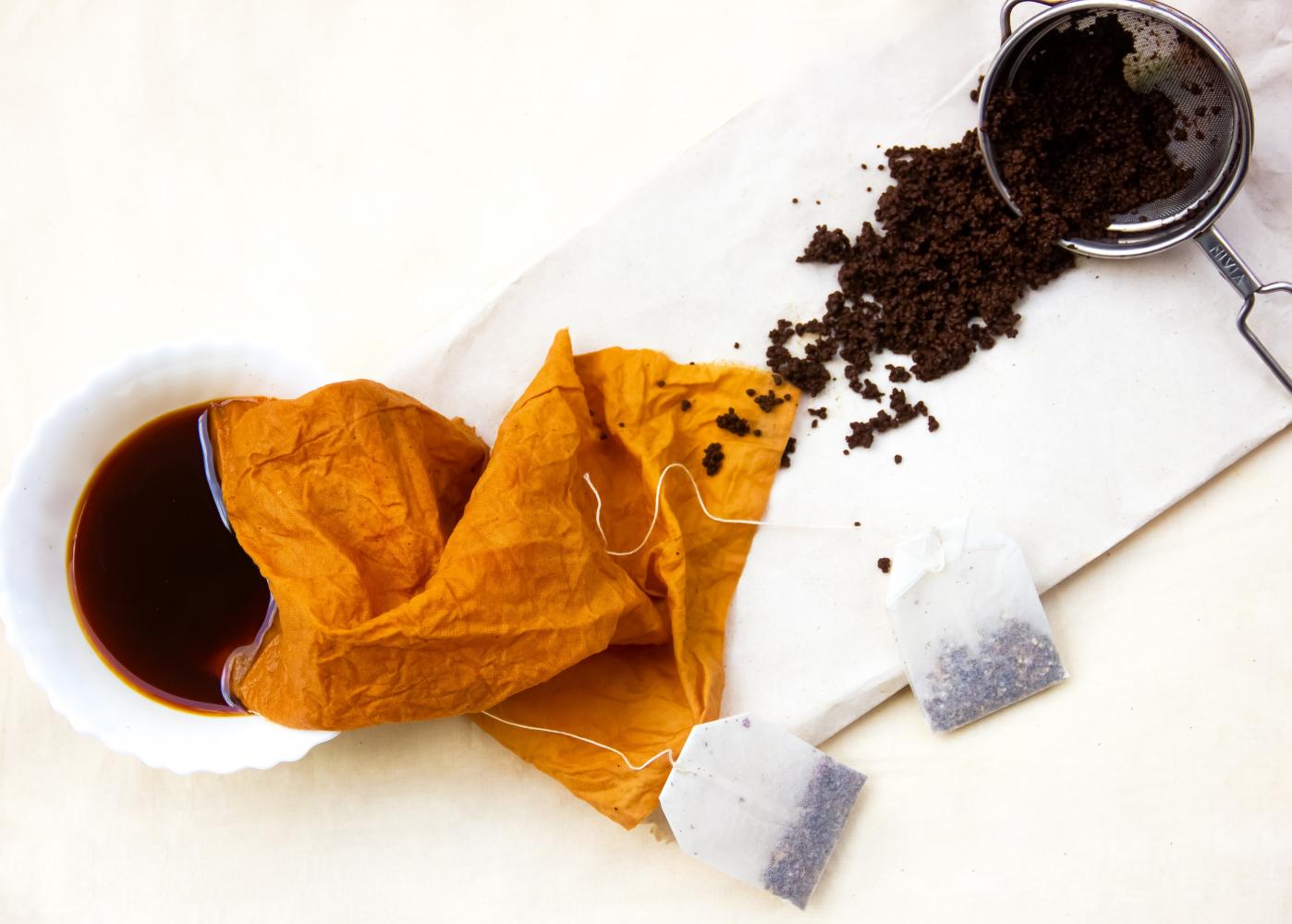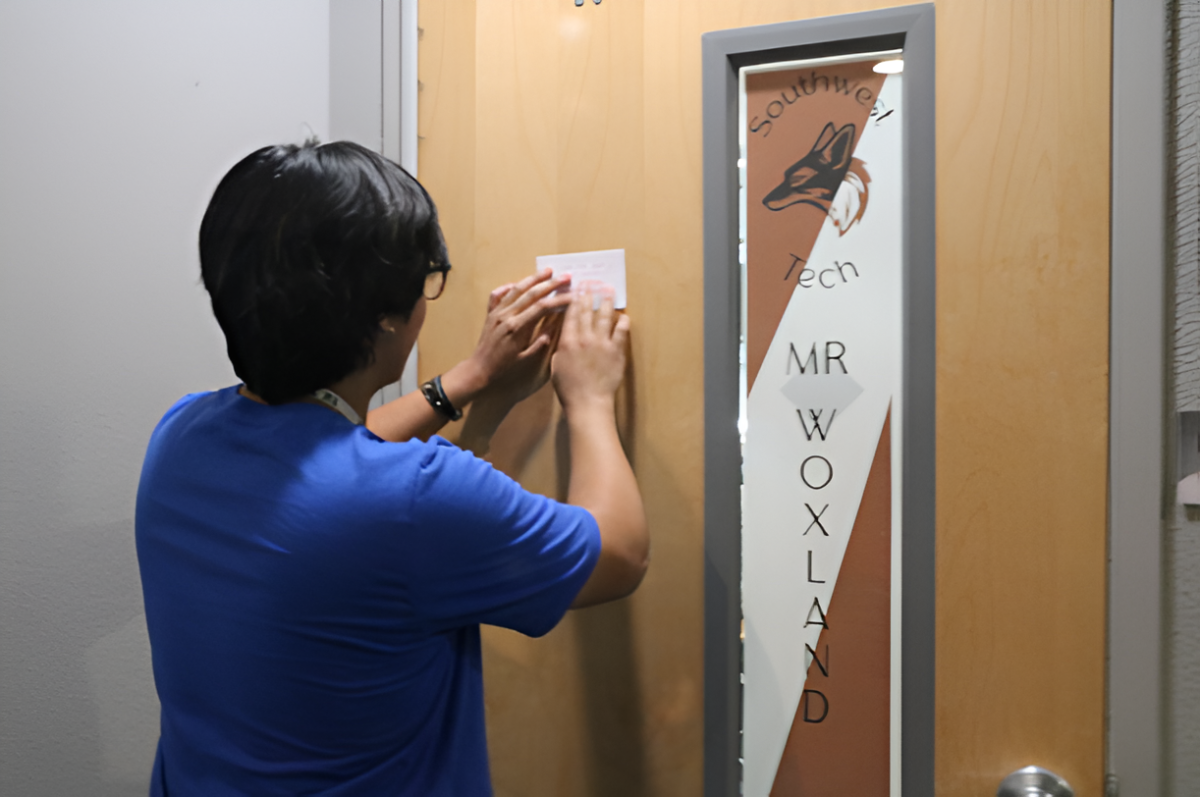Members of the Fashion Institute of Design and Merchandising club learn how to dye fabrics and textiles using natural plant based dyes by Fashion teacher Levi Harbeson.
Students will take plant based fibers such as orange rinds, shredded cabbage, or carrots and cook it so color is extracted into the water. After the water is pigmented with the color, students will soak fabrics until the desired color is achieved.
“I want to teach my members and students industry standard techniques first hand to prepare them for the fashion world in the future,” Harbeson said. “A lot of what I am trying to do this year is doing activities that can be done at home, I want the students to have hands-on experience with industry techniques, and dying is a huge part of the fashion and costume industry.”
The club’s vice president, Gabriella Barber, is excited for this project as she has been doing her own dying projects during quarantine and is curious on how to use food to dye clothing.
“I think I could definitely use this to make a plant based fashion line in the future.” Barber said. “Sustainability in fashion is really important to me. I do think doing this project online will present its challenges, as we won’t be getting face to face instruction and feedback. But I am excited to see the outcome of what I dye and hopefully we can do this again in the future.”
The process of plant dyeing can take up to several hours, so having patience while doing this project will ensure the best results.
“There will be mistakes and that is okay,” Harbeson said. “I let my students make mistakes so they can learn from them. I am almost sure that someone’s dye will not work, and that’s the reality of it, and that is okay. They will see what they did wrong and make sure to fix it. But that’s also the fun of it; some mistakes can have some really cool outcomes in the end.”
Through this process, Harbeson is also teaching sustainability due to the excess amount of waste produced by the fashion industry. Harbeson wants his members to know the different ways students can recycle what they already have and reduce the amount of waste they produce.
“Even though plant based dying isn’t as prominent in the fashion industry, there is a movement on the rise towards using these natural dyes as opposed to store bought dyes because they are nontoxic and are better for the environment,” Harbeson said. “And it also supports the whole reuse and recycle movement happening in the fashion industry as well.”



!["I will be attending Trunk or Treat [for FCCLA]" junior Crystal Li said. "We're gonna use Mr. Harbeson's car, and we will be [hosting three different activities]."](https://southwestshadow.com/wp-content/uploads/2025/10/IMG_0980-1200x900.png)






![Displaying a QR code for students to scan, the flyer allows students to sign up and learn about their desired colleges as they visit throughout the school year. Many schools have had additional presentations for students to learn more about what they offer. “For me, I’m interested in criminal justice,” junior Zion Jefferson said. “I know that UNLV and Nevada State University have this major. But, [the college fair] is going to be beneficial, so I can see what other schools offer as well.”](https://southwestshadow.com/wp-content/uploads/2025/10/IMG_2721-1200x900.jpg)
![Working in the Student Success Office, Attendance Secretary Lordis Depiazza inputs a student’s absence excuse note. Students are required to bring an excuse note to the attendance office within three days of any absence. “Reminding students that being in school is important because it reflects towards your grades and being able to do any activities with the school,” Depiazza said. “[It] seems to get the students' attention about wanting to be in school.”](https://southwestshadow.com/wp-content/uploads/2025/10/IMG_8313-1200x800.jpg)
![Arranging the fabric on the floor for a new project, senior Sapphyre-Ann Leung plans out her attire for the next deadline. With the recent closures, students now had limited resources and less margin for error with the fabric and materials they had in stock while trying to reach strict deadlines. “Joann’s had a lot of high-end fabric for our fashion competitions,” Leung said. “We couldn’t just buy ten yards of fabric from Hobby Lobby or Walmart. Since [Joann Fabrics] is no longer open, we have to buy items online, which is way more expensive.”](https://southwestshadow.com/wp-content/uploads/2025/10/IMG_0038-1200x800.jpg)

